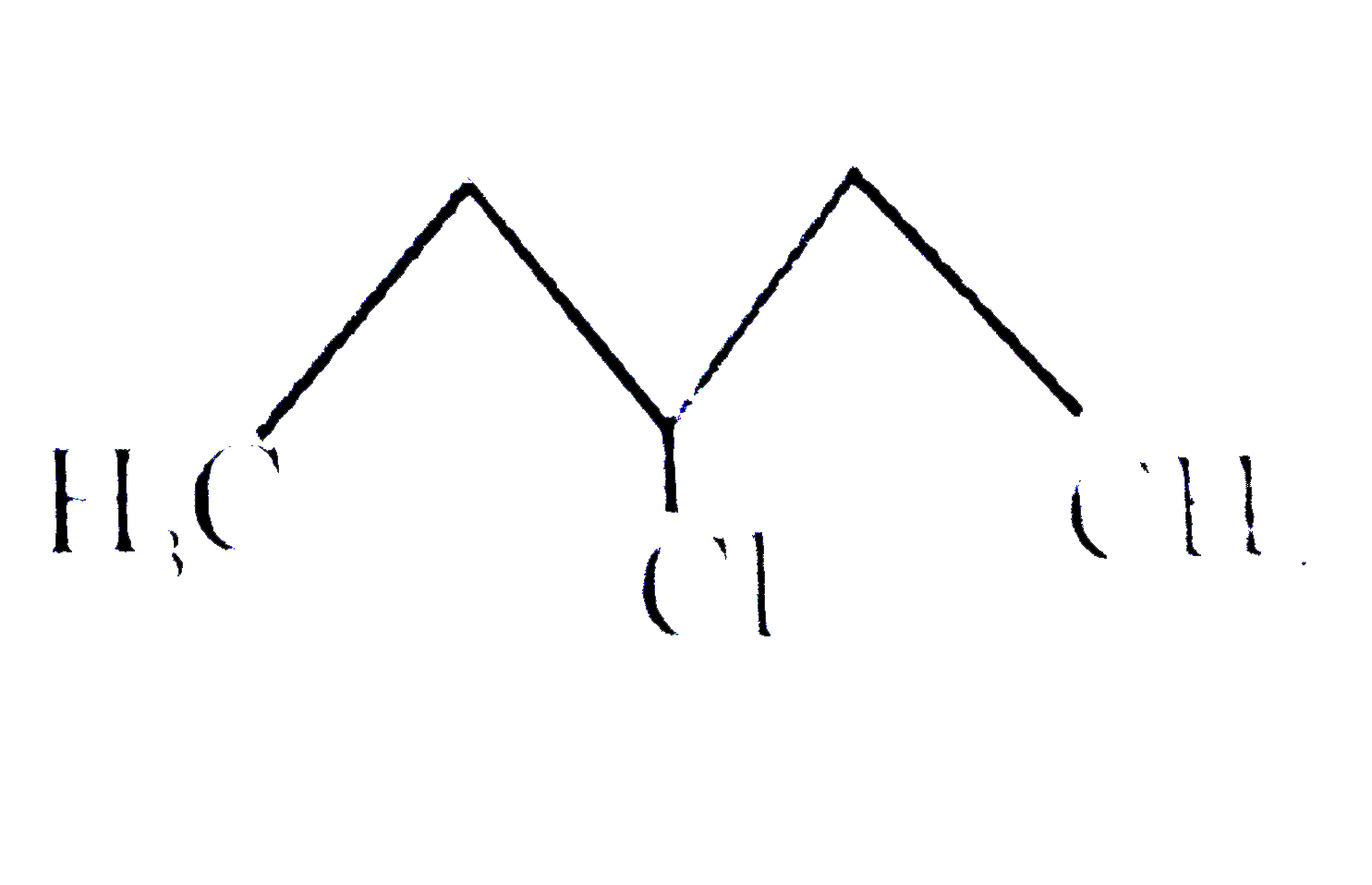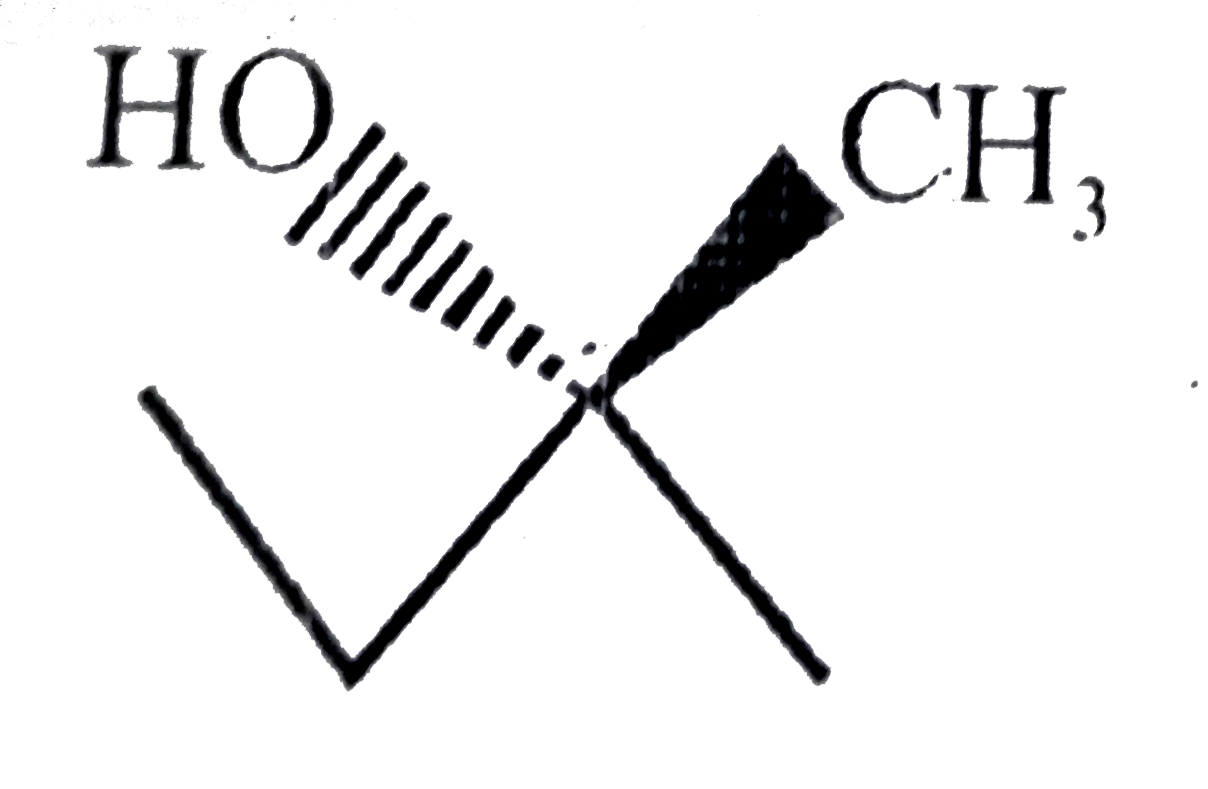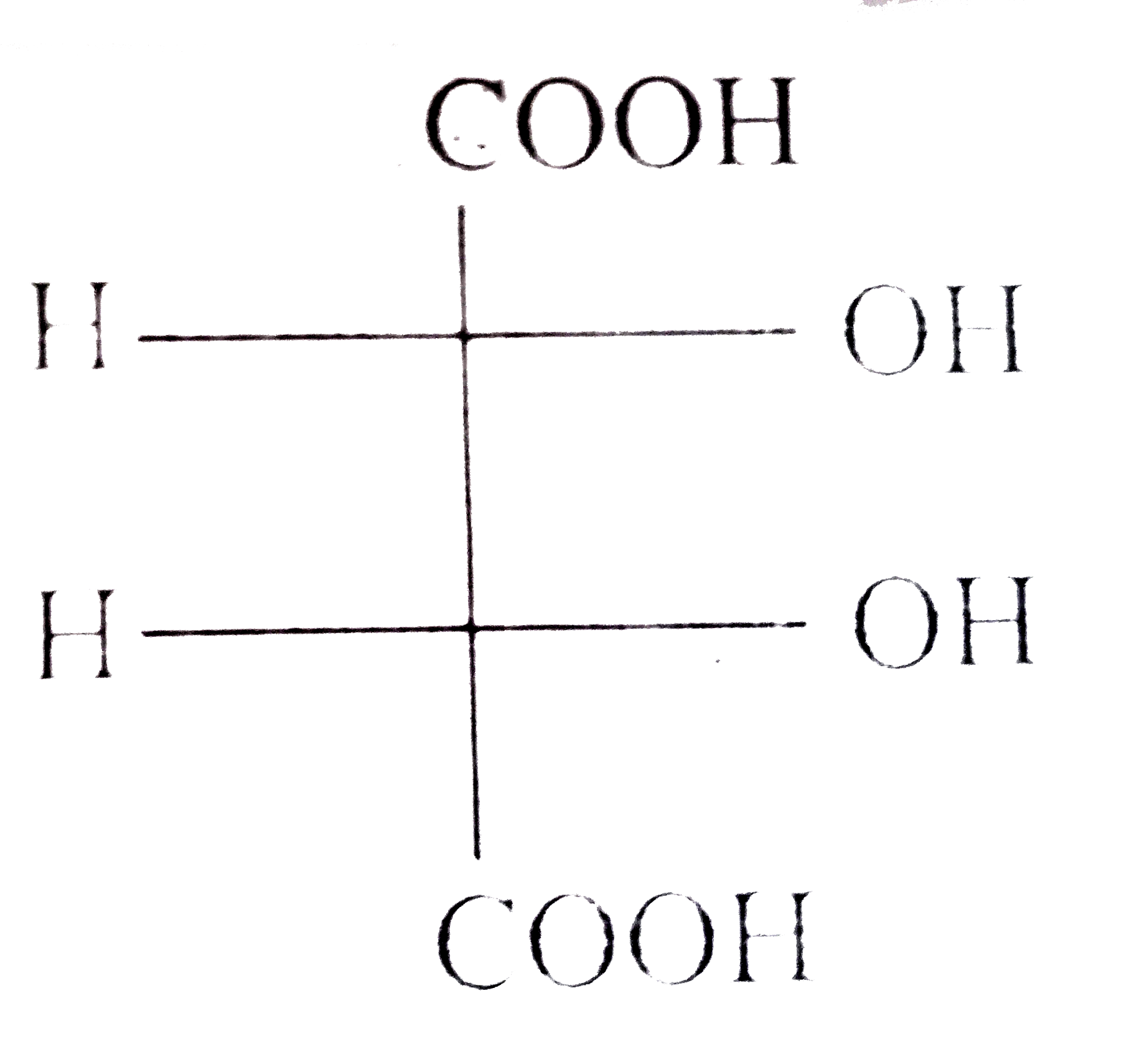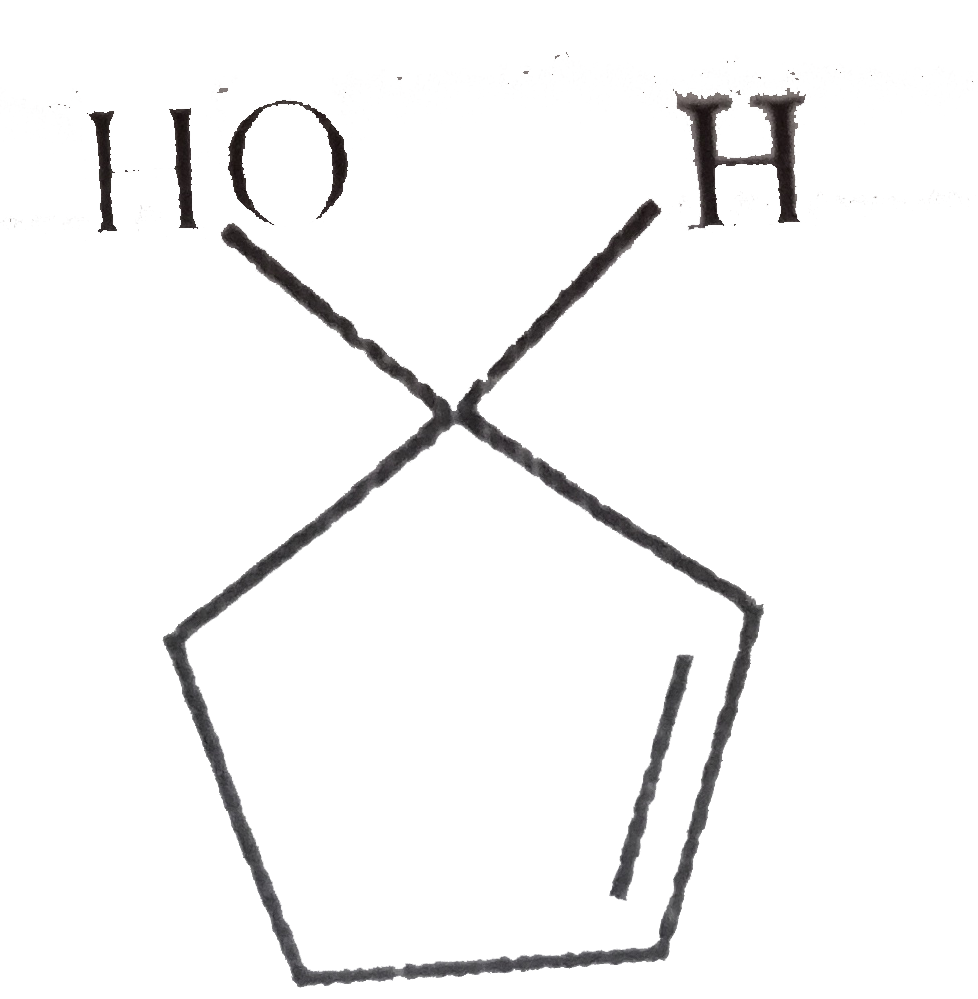The hydrolysis of optically active 2-bromobutane with aqueous NaOH result in the formation of :
A
(-) butan -2-oI
B
(±) butan-2-oI
C
(+) butan-2-oI
D
(±) butan-1-oI
Video Solution
Text Solution
The correct Answer is:B
|
Answer
Step by step video, text & image solution for The hydrolysis of optically active 2-bromobutane with aqueous NaOH result in the formation of : by Chemistry experts to help you in doubts & scoring excellent marks in Class 12 exams.
Updated on:21/07/2023
Topper's Solved these Questions
- BOOK - OP TANDONCHAPTER - HALOALKANES AND HALOARENES EXERCISE - Objective Questions Lavel -B48videos
HALOALKANES AND HALOARENES
- BOOK - OP TANDONCHAPTER - HALOALKANES AND HALOARENES EXERCISE - Objective Questions Lavel -B Set II This set contains the questions16videos
HALOALKANES AND HALOARENES
- BOOK - OP TANDONCHAPTER - HALOALKANES AND HALOARENES EXERCISE - Problems based on structure and properties18videos
HALOALKANES AND HALOARENES
- BOOK - OP TANDONCHAPTER - ELECTROCHEMISTRYEXERCISE - Matrix-Matching Type Question3videos
ELECTROCHEMISTRY
- BOOK - OP TANDONCHAPTER - ISOMERISM (STRUCTURAL AND STEROISOMERISM)EXERCISE - INTEGER7videos
ISOMERISM (STRUCTURAL AND STEROISOMERISM)
Similar Questions
Knowledge Check
- Question 1 - Select One
The hydrolysis of optically active 2-bromobutane with aqueous NaOH results in the formation of:
A(-)butane-2-olB(±)butane-2-olC(+)butane-2-olD(±)butane-1-ol - Question 2 - Select One
Which is optically active :-
A B
B C
C D
D
- Question 3 - Select One
an optically active compouns is
A1-bromobutane acidBβ bromobutyric acidC2-bromo-2-methylpropaneD1-bromo-2-methylpropane
Which is a optically active compound ?
View SolutionThe optically active molecule is:
View SolutionElimination of bromine from 2−bromobutane results in the formation of
View SolutionElimination of HBrfrom 2 bromobutane results in the formation of .
View SolutionElimination of bromine from 2-bromobutane results in hte formation of:
View Solution

